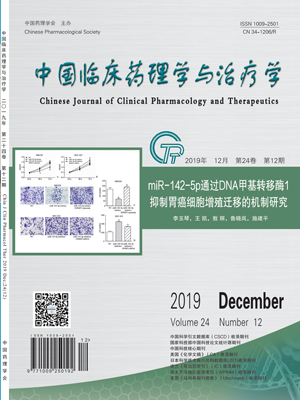AIM: To study the effect and mechanism of the human umbilical cord-derived mesenchymal stem cells (hUC-MSCs) on the function of rat macrophages in vitro. METHODS: Peritoneal macrophages were isolated from rats with adjuvant arthritis (AA) at 28-30th days and co-cultured with hUC-MSCs(1∶1,1∶5,1∶10,1∶50)for 48 hours.The phagocytic ability of rat macrophages was detected by phagocytosis neutral red method;the percentage of macrophage subtype was detected by flow cytometry;the TNF-α, IL-1β,IL-6 and IL-10 levels in culture supernatant were detected by ELISA.RESULTS:After co-culturing hUC-MSCs (1∶10,1∶5,1∶1) with Mφ,the percentage of M2 macrophages increased significantly [(34.0±2.6)%,(33.0±1.9)%,(47.0±7.3)% vs. (24.0±1.9)%](P<0.01),the percentage of M1 macrophages decreased significantly[(31.0±2.5)%,(30.0±2.7)%,(30.0±1.9)% vs. (39.0±7.1)%](P<0.01),and the average M2/M1 ratio increased with the number of co-cultured hUC-MSCs cells (1.2±0.1,1.2±0.2,1.5±0.2 vs. 0.8±0.1) (P<0.05);Compared with the model group,co-cultivation of hUC-MSCs with different ratios (1∶50, 1∶10,1∶5,1∶1) and Mφ can also significantly reduce the phagocytic index of Mφ(2.10±0.18,2.00±0.16, 1.50±0.11,1.40±0.11 vs. 2.4±0.20) (P<0.05),significantly reduced the levels of TNF-α((143.0±15.0),(128.0±12.0),(95.0±8.5), (44.0±5.9) pg/mL vs. (157.0±14.0) pg/mL)) (P<0.01),IL-1β((70.0±9.9), (66.0±5.9),(54.0±5.2),(41.0±6.4) pg/mL vs. (84.0±12.0) pg/mL)(P<0.01) and IL-6 ((95.0±5.8),(73.0±4.5), (65±5.1),(52.0±4.7)pg/mL vs. (109.0±7.6) pg/mL)(P<0.01),promoting IL-10 secretion ((228.0±34.0), (445.0±55.0),(568.0±49.0),(858.0±77.0) pg/mL vs. (85.0±14.0) pg/mL)(P<0.01).CONCLUSION: hUC-MSCs could regulate the function of AA rats macrophage in vitro with inhibition of the polarization and the phagocytosis, restoration the balance of pro-inflammatory and anti-inflammatory cytokines level.


